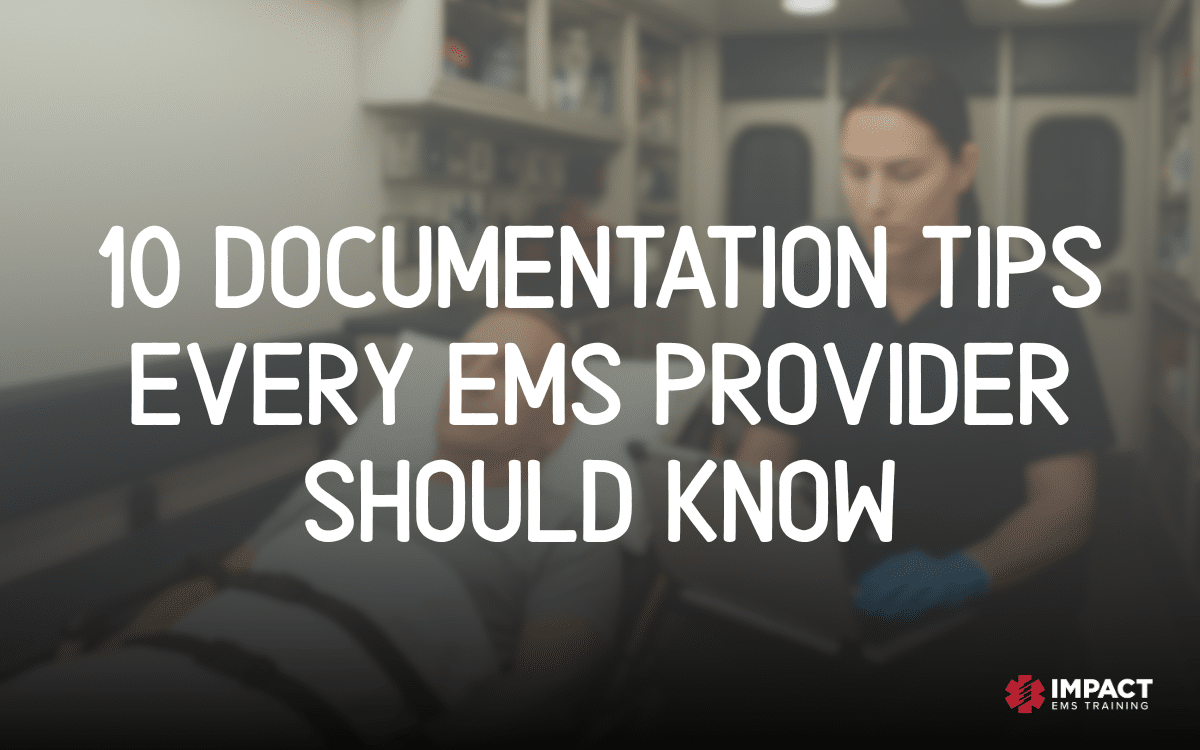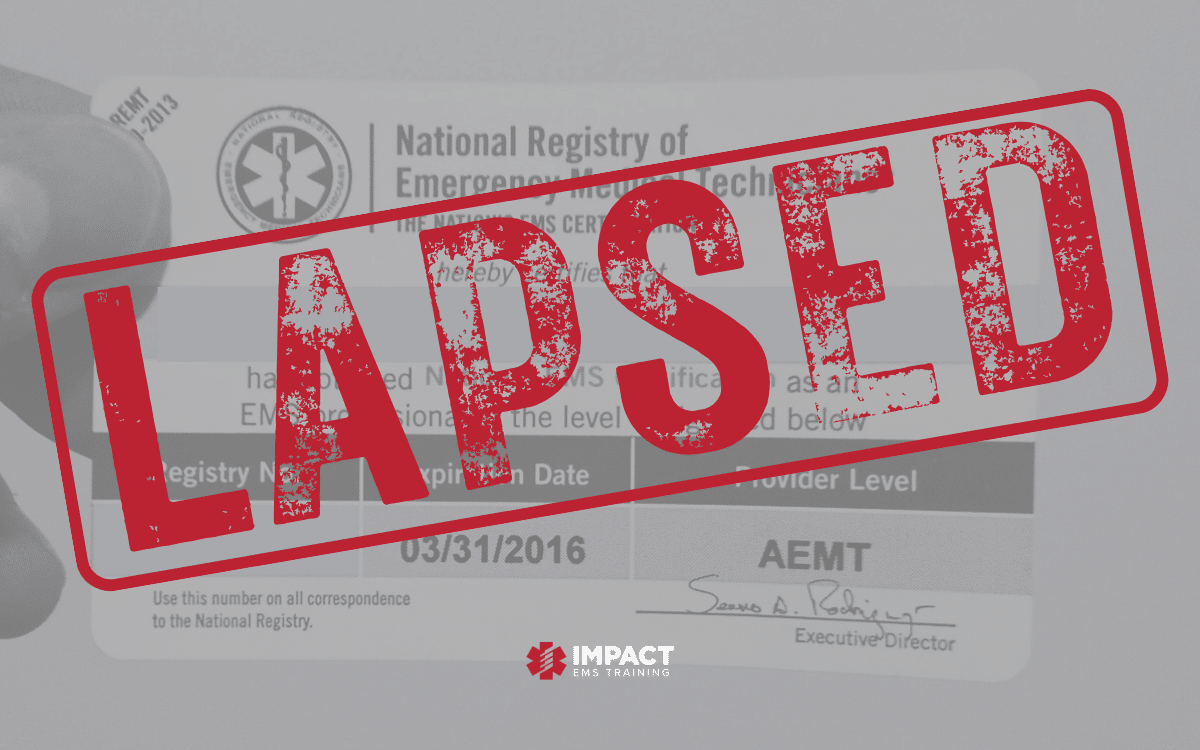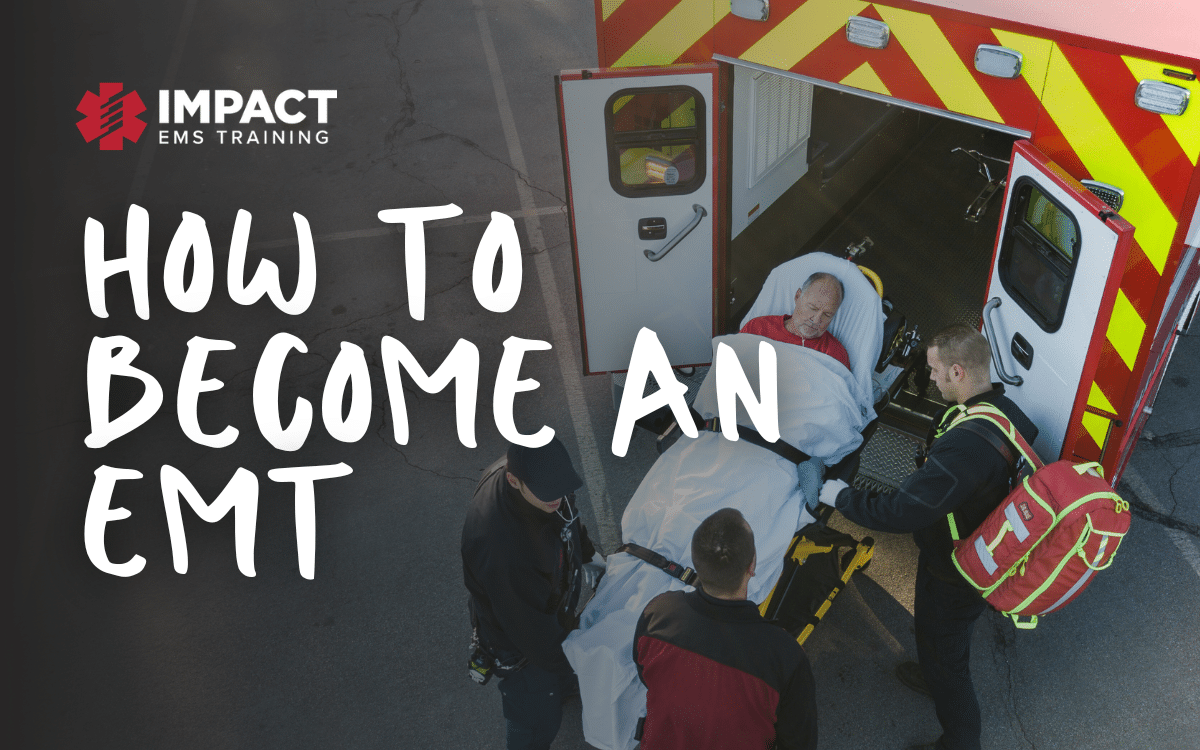Background
Epinephrine remains a staple in cardiopulmonary resuscitation (CPR) in out-of-hospital cardiac arrest (OHCA). However, the optimal dose, timing, and route of administration are still unknown. Standard dosing of epinephrine is 1mg every 3 to 5 minutes via the intravenous (IV) or intraosseous (IO) route.
IO lines are quicker to establish and have a higher first-attempt success rate compared to IV access. Rapid placement and ease of use minimizes delays for critical patients requiring quick access. The literature, although methodologically limited, is mixed about the use of IV vs IO access for epinephrine in OHCA.
Paper
Zhang Y et al. Intravenous Versus Intraosseous Adrenaline Administration in Out-of-Hospital Cardiac Arrest: A Retrospective Cohort Study. Resuscitation 2020. PMID: 31982506
Clinical Question
Do IV or IO routes lead to different outcomes in patients with OHCA who received pre-hospital epinephrine?
What They Did
This was a retrospective, observational analysis of adult patients with OHCA of presumed cardiac origin who had EMS CPR, received epinephrine, and enrolled in the Resuscitation Outcomes Consortium (ROC) Cardiac Registry between 2011 and 2015.
Patients were not randomized but divided into IV and IO groups based on the administration route of epinephrine. The primary outcome was survival to hospital discharge. Key secondary outcomes included ROSC and favorable neurological outcome at hospital discharge (mRs ≤3).
Results
- 35,733 patients included
- IV Epi: 27,733 patients (77.7%)
- IO Epi: 7,975 patients (22.3%)
- Overall Outcome Rates:
- Prehospital ROSC = 5.2%
- Survived to Hospital Discharge = 3.7%
- Favorable Neurological Outcome at Hospital Discharge = 3.7%
- All outcomes favored IV route over IO route:
- Survival to Hospital DC (Primary Outcome):aOR 1.468 (95% CI 1.264 – 1.705)
- Prehospital ROSC:aOR 1.367 (95% CI 1.276 – 1.464)
- Favorable Neurologic Function:aOR 1.849 (95% CI1.526 – 2.250)
- The results remained statistically significant after propensity matching
- There are patient-specific factors that we do not know that could affect these results. For example, if a patient is chronically ill, with poor potential for venous access, and they are less likely to survive, then they are more likely to get IO access which could falsely lower the outcome rates in this group
Discussion
There are some major methodological issues with this study to keep in mind.
- Compression rate was defined as the average rate of the first five minutes of EMS CPR from monitor-defibrillator recordings, but we have no idea what the rates were after this as they were not reported
- Other factors that are known to be optimal in compressions were not reported including, chest compression depth, chest compression fraction, chest compression release, or chest compression interruptions
- The location of the IOs was not described (i.e., a humeral IO is far different than a tibial IO in a low flow state)
- There are patient-specific factors that we do not know that could affect these results. For example, if a patient is chronically ill, with poor potential for venous access, and they are less likely to survive, then they are more likely to get IO access which could falsely lower the outcome rates in this group
- Multiple other confounders that favored the IO group (i.e. More bystander witnessed cardiac arrest, more cardiac arrest in public locations, and more shockable rhythms)
In reality, what this study demonstrates is that the IO group was simply sicker. This should not be taken as an indictment of IOs as much as an investigation of sicker and less sick cardiac arrest patients (yes, such a thing exists when it comes to prognosis).
In North America, the majority of IO access is established in the lower limbs and the majority of IV access is established in the upper limbs, thus making this an apples to oranges comparison. A better comparison would be humeral IO vs upper limb IV access.
Finally, the PARAMEDIC trial demonstrated that epinephrine does not improve meaningful outcomes in cardiac arrest, thus the route of administration of a medication that hasn’t been shown to improve meaningful outcomes shouldn’t really matter.
Clinical Take Home Point
This study should not change your practice of IV vs IO access in OHCA. Future randomized trials of access are needed to clarify this situation. If you are using IO access in cardiac arrest you want to go as proximal to the central circulation as possible, which is most commonly the humeral IO.
Impact EMS offers accredited certification and refresher courses in one trusted location. Fully prepare for certification exams and maintain licensure with skill building credits.






